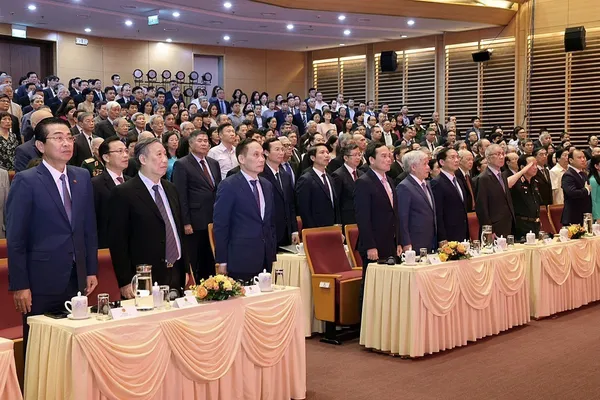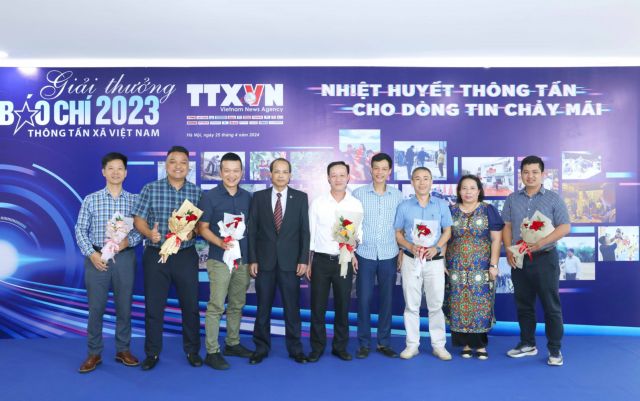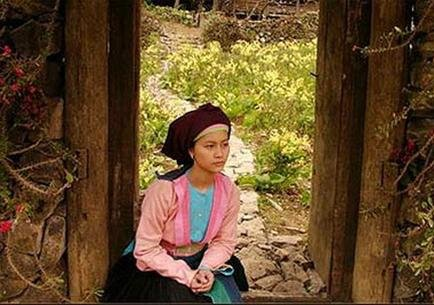 Life & Style
Life & Style
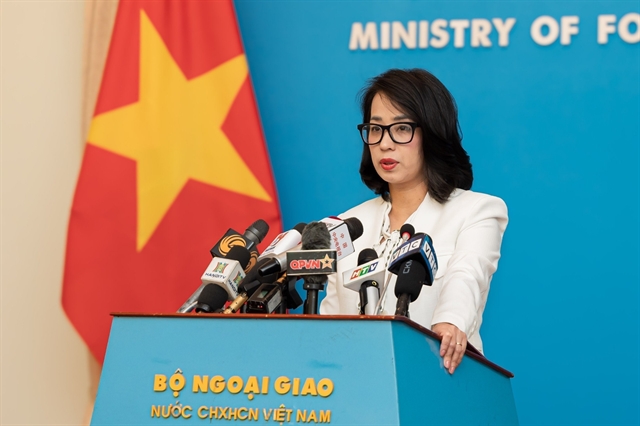
" />A play titled Vịt Trời Trúng Độc (Poisoned Wild Duck) was performed at the Opera House in the northern city of Hải Phòng last night. The play is based on Norwegian Henrik Ibsen’s The Wild Duck from 1884 and is a combination of actors and marionettes.
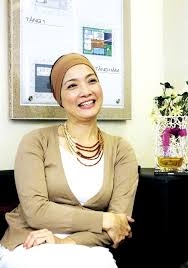 |
CULTURE VULTURE
A play titled Vịt Trời Trúng Độc (Poisoned Wild Duck) was performed at the Opera House in the northern city of Hải Phòng last night.
The play is based on Norwegian Henrik Ibsen’s The Wild Duck from 1884 and is a combination of actors and marionettes.
It is the first collaborative stage work by the Japanese Edo Marionette Theatre Youkiza and the Việt Nam Youth Theatre under a project funded by the Japan Foundation that aims at fostering human resources and providing technical co-operation in the field of culture and arts.
Culture Vulture interviewed People’s Artist Lê Khanh, deputy director of the Việt Nam Youth Theatre, on her role in Poisoned Wild Duck and how she and her colleagues benefited from the project.
You and Vietnamese actor Thanh Bình act with marionettes in the Poisoned Wild Duck. What difficulty did you face while enacting one of main roles in the play?
Actually, I had performed in the play The Ugly Duckling with the Việt Nam National Puppetry Theatre in 2005 on the occasion of the 200th birthday of Danish author Hans Andersen. But that play, which was small and simple, illustrated a story and did not convey major message.
In Poisoned Wild Duck, I’m the only actress to perform, while actor Thanh Bình plays the wild duck. All other roles are performed by marionettes. The Vietnamese actors speak Vietnamese and the Japanese speak their language during the play which has subtitles.
But I had to learn by heart not only my words but also all the words spoken by all other characters in accompany with her co-performers. I was really stressed while trying to understand the meanings of the words. Ibsen’s The Wild Duck was translated into Japanese and it has many archaic words. Vietnamese translator Đỗ Quyên worked very hard to help Vietnamese actors understand the meaning.
Director Sakate Yoji is very demanding. He also wrote the play’s script. He always requires actors to try their best to show their complete understanding of the play. I sometimes cry at night because it is so difficult.
How did you overcome the difficulty to play your role so well when the play debuted in Tokyo Metropolitan Theatre?
After long rehearsals I wandered on the streets in Japan until late night. I know I could not give up because it was a rare chance for me. I told myself I had to try my best and finally I overcame the struggle.
After the premiere in Tokyo, my Japanese teachers and friends held my hand tightly. Some people asked me how I could perform so well in harmony with the marionettes. I replied I didn’t see them as marionettes. I told them I was also like a big marionette beside the smaller ones. I want to prove to spectators there is no barrier among art forms.
I want to mention the working team that staged this successful play, including prominent artists such as director Sakate, artist and director of Edo Marionette Theatre Youkiza Yuki Magosaburo, marionette maker Terakado Takayuki and musician Ota Keisuke. Violinist Ota is talented in improvisation. For each show he plays very lively music
Could you tell us about the co-operation between Vietnamese and Japanese theatres?
It began with a field trip to Japan of a group of Youth Theatre artists. We had a chance to visit and understand Japanese theatre in detail, not only from the seats but from also from the back.
During the four-month field trip in 2014, which was made by invitation, I visited many theatres in Japan and I proposed a tie-up to them
I was glad the Edo Marionette Theatre Youkiza agreed to co-operate with the Youth Theatre. I was charmed with the performances of the actors and the marionettes at the Edo Theatre and I expressed my desire to learn from the theatre’s artists who combined tradition and modernity in complete harmony.
Five members of the Youth Theatre, which comprises actors, sound, light technicians and stage designers, came to the Edo Theatre for learn how to produce a complete stage work in two months. We decided to choose The Wild Duck because it is not in Vietnamese or Japanese. We needed to create a stage performance based on a classic story that would never be out of date.
The play is a combination of orient and western cultures. I hope the play can be performed in many places in the world.
Puppetry has a long history and tradition in Việt Nam with different forms such as water puppets and string puppets. But the Vietnamese see it as being for children only. This co-operation proves there is endless creativity among different art forms.
The director of Edo Marionette Theatre Youkiza, artist Yuki Magosaburo, said there should have many performances of the Poisoned Wild Duck, instead of just the handful of shows in Japan and Việt Nam. What do you think?
We have six performances at the Tokyo Metropolitan Theatre. All the tickets have been sold and no ticket was given free. All the actors helped to sell the tickets by sending invitations on social networks to their friends. I myself contacted the Vietnamese embassy in Japan calling for the Vietnamese community to come to see the play.
It was after the performances in Hà Nội and Hải Phòng that we considered selling tickets. -- VNS

